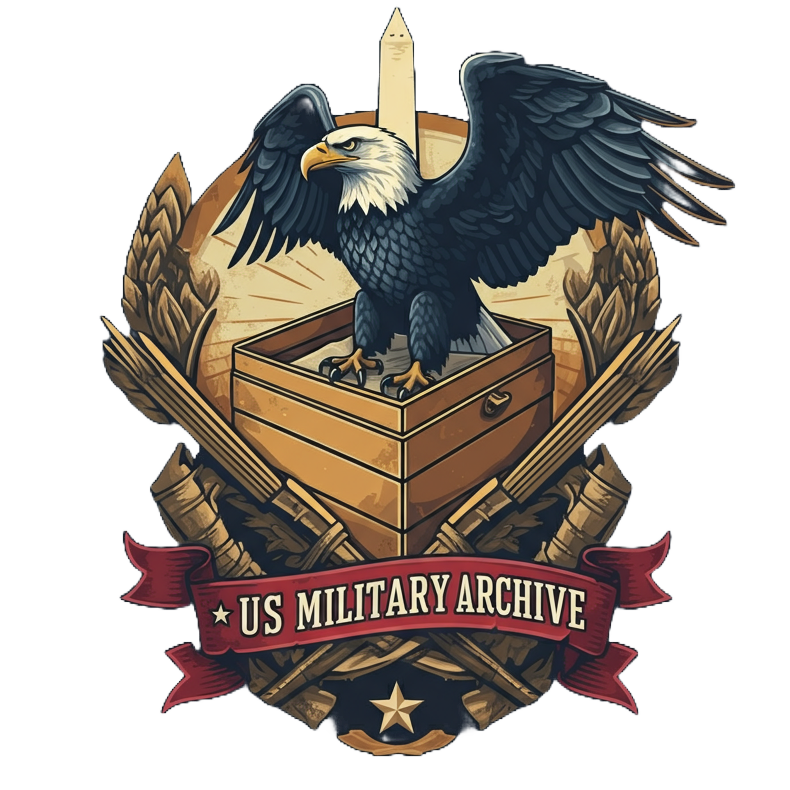
Forged in Crisis: The Birth of Delta Force
Archive Text
In the shadowy world of elite military units, few names command as much mystique and respect as Delta Force. Officially designated the 1st Special Forces Operational Detachment-Delta (1st SFOD-D), this Tier 1 Special Missions Unit represents the razor's edge of American military capability, specializing in counter-terrorism, hostage rescue, direct action, and clandestine reconnaissance. But this formidable force didn't appear overnight. Its creation was a hard-fought battle, born from a recognized gap in capability during a turbulent era.
The story of Delta Force's founding is inextricably linked to one man: Colonel Charles Alvin Beckwith. A decorated Green Beret and veteran of the Vietnam War, Beckwith possessed firsthand experience in unconventional warfare. However, it was a pivotal exchange posting with the British Army's elite 22 Special Air Service (SAS) Regiment in the early 1960s that planted the seed for Delta.
During his time with the SAS, Beckwith was deeply impressed by their rigorous selection process, emphasis on individual initiative, intense training regimen, and, crucially, their burgeoning expertise in counter-terrorism (CT) and hostage rescue (HR). He witnessed a level of specialized skill and operational readiness that he realized the U.S. military sorely lacked.
The 1970s brought this deficiency into sharp, terrifying focus. A wave of international terrorism swept the globe, marked by audacious airline hijackings, embassy seizures, and politically motivated violence. Events like the 1972 Munich Olympics massacre, where Israeli athletes were murdered by Palestinian terrorists, highlighted the horrifying reality that conventional military forces were ill-equipped to handle such delicate and high-stakes situations.
While the U.S. Army had its esteemed Special Forces (Green Berets) and Rangers, their primary missions revolved around unconventional warfare, foreign internal defense, and direct-action raids, respectively. There was no dedicated, standing unit specifically trained and equipped to conduct surgical counter-terrorist operations, particularly complex hostage rescues, often in politically sensitive international environments.
Beckwith, now back in the U.S. Army, relentlessly advocated for the creation of an American unit modeled after the SAS. He argued passionately that the nation needed a specialized force capable of responding swiftly and decisively to terrorist threats anywhere in the world. His vision, however, met significant resistance within the conventional Army hierarchy. The post-Vietnam military climate was characterized by budget cuts and skepticism towards special operations. Many senior officers failed to grasp the unique nature of the threat or the necessity for such a specialized – and expensive – unit.
Undeterred, "Chargin' Charlie," as Beckwith was known, persisted. He lobbied tirelessly, presenting detailed plans and leveraging his credibility as a seasoned combat leader. He emphasized that this unit would need autonomy, the best possible personnel drawn from across the Army, and a selection and training process mirroring the SAS's brutal effectiveness – designed to find not just physically capable soldiers, but mature, intelligent, and highly adaptable individuals capable of thinking under extreme pressure.
Finally, in the face of escalating global terrorism, the Pentagon leadership acknowledged the critical need. On November 19, 1977, Beckwith was given the green light to officially form the 1st Special Forces Operational Detachment-Delta.
Based at Fort Bragg, North Carolina, Beckwith immediately set about building the unit according to his vision. He implemented a notoriously demanding selection course designed to weed out all but the most resilient and suitable candidates, primarily drawn initially from the Special Forces and Ranger Regiment pools. The training was relentless, focusing on marksmanship under stress, explosive breaching techniques, close-quarters battle (CQB), intelligence gathering, and complex mission planning. The emphasis was on realism, precision, and the ability to operate effectively in small, autonomous teams.
Delta Force was forged in the crucible of perceived necessity and driven by the unwavering vision of Colonel Beckwith. Its founding marked a significant evolution in American special operations capabilities, providing the United States with a dedicated tool to confront the emerging threat of modern terrorism. While its early days culminated in the tragic failure of Operation Eagle Claw (the Iran hostage rescue attempt in 1980), that event, paradoxically, underscored the vital need for such a unit and spurred crucial reforms in joint special operations planning and command structure.
Today, Delta Force continues to operate in the shadows, its missions rarely acknowledged, its successes often known only within classified circles. But its origins lie in the turbulent 1970s, a visionary officer's experience with the British SAS, and the hard-won battle to create a force capable of meeting the deadliest threats in the most challenging environments. The birth of Delta Force was the birth of America's premier counter-terrorism shield and sword.
Files
There are no files available.
